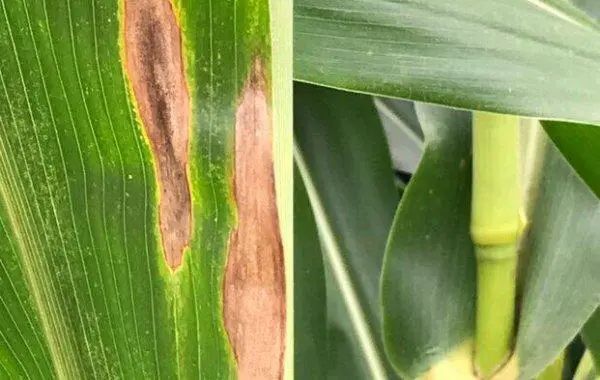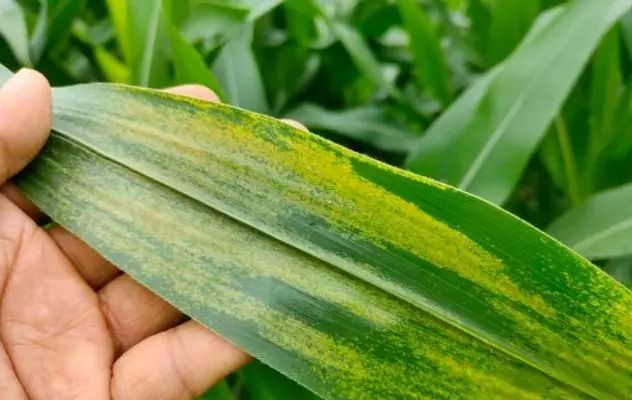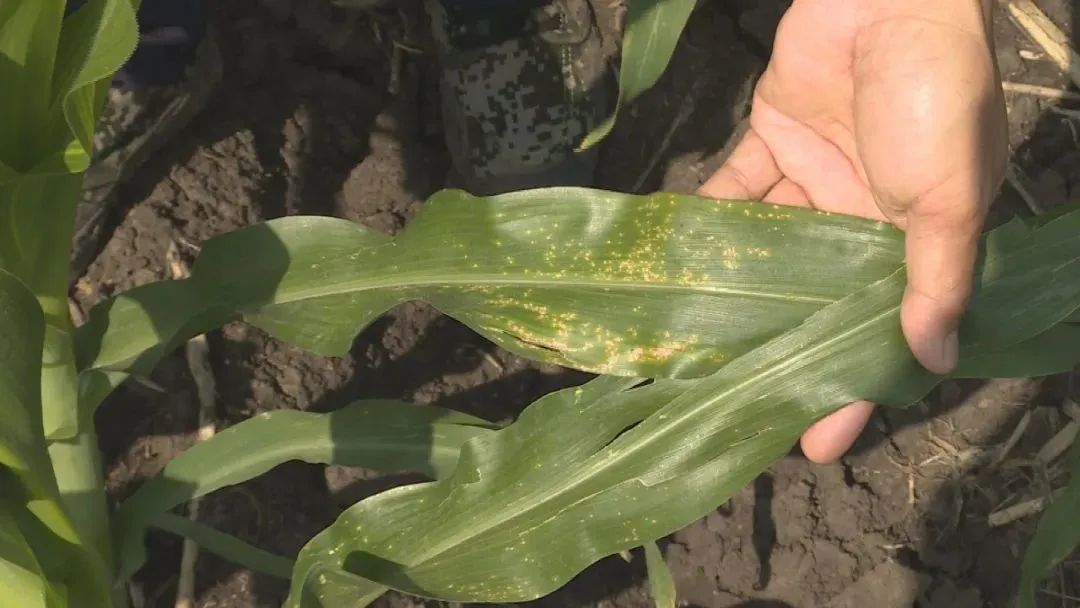Corn leaf spot diseases are beginning to occur. The following measures can be taken for prevention and control:
1.Select resistant varieties.
2.Remove diseased residues from the field, plow deeply, and bury pathogens.
3.Strengthen field management, adopt timely early sowing, reasonable close planting, increase the application of Organic fertilizer, timely appropriate topdressing, timely irrigation, timely drainage after rain, and increase the application of phosphorus and potassium fertilizer. In addition, no tillage and continuous cropping will exacerbate the occurrence of diseases .
.
1,Leaf blight
Pathogen transmission and onset conditions:
The pathogen of maize leaf spot disease overwinters by attaching hyphae or Conidium to the diseased tissues. The prevalence of maize leaf spot disease is not only related to the disease resistance of maize varieties, but also closely related to environmental conditions. When the temperature reaches 20 ℃ -25 ℃ and the relative humidity reaches over 90%, it is beneficial for the development of diseases. If it suddenly clears up after several consecutive rainy days, it can cause a major outbreak of vitiligo. In addition, sudden clearing up on foggy days can also lead to outbreaks of macular degeneration.
Chemical prevention and control:
Fungicides such as azoxystrobin and propiconazole azoxystrobin can be used to prevent and control corn leaf spot disease.
If the growth period of maize is late, the leaf fertilizer of Monopotassium phosphate promoting early maturity can also be added to the fungicide and used at the same time.
2、Brown spot disease
Occurring on corn leaves, leaf sheaths, and stems, it first occurs at the tip of the top leaves, with the most disease spots at the intersection of the leaves and leaf sheaths, often densely packed in rows. Initially, it is a small yellow brown or reddish brown spot, with the disease spots being circular or elliptical to linear. The leaf tissue near the protrusion is often red, and small disease spots often gather together. In severe cases, several segments or even all of the leaves are covered with disease spots, and large brown spots appear on the leaf sheaths and veins, At the late stage of the disease, the epidermis of the diseased spot ruptured, the leaf cell tissue was in a dead state, and the brown powder (the Sporangium of the pathogen) was scattered. The diseased leaf was partially split, and the leaf veins and Vascular bundle remained as filaments. If the temperature is high, humidity is high, and there are many rainy days in July and August。 it is beneficial for the onset of the disease. In areas with poor soil quality, the leaves turn yellow and diseases occur seriously. In areas with high soil fertility, corn is robust, the leaves are dark green, and the diseases are mild or even non-existent. Generally, the disease is prone to occur when there are 8-10 leaves in corn, and it generally does not occur again after 12 leaves in corn.
Chemical prevention and control:
Early prevention.During the 4-5 leaf stage of corn, spray 40~60g of 12.5% imidazole wettable powder or 20~30mL of 25% tebuconazole suspension on 30kg of water per acre, which can not only prevent maize seedling diseases but also prevent maize brown spot disease.The occurrence of brown spot and other advanced fungal diseases can also be controlled by 800 times of 25% pyrazolidinoxystrobin, which can improve the stress resistance of the plant itself.
,The occurrence of brown spot and other advanced fungal diseases can also be controlled by 800 times of 25% pyrazolidinoxystrobin, which can improve the stress resistance of the plant itself.
3.Northern Anthrax
Pathogen transmission: It can be transmitted by air flow and seeds, but generally the seed carrier rate is low, mainly because the pathogen spores after overwintering are transmitted to nearby seedlings by air flow and rain for infection. Disease spots can be seen 4-10 days after the leaves are infected, and Conidium are produced.
Chemical control: If there is disease, and there is an aggravating trend, it is necessary to spray prevention in time, and before the application of the drug as far as possible, one or several agents can be used to spray prevention such as phenoxymeclozole, pyrimidin, syringomycetin, pyrazole ether ester, etc.
Post time: Aug-01-2023



